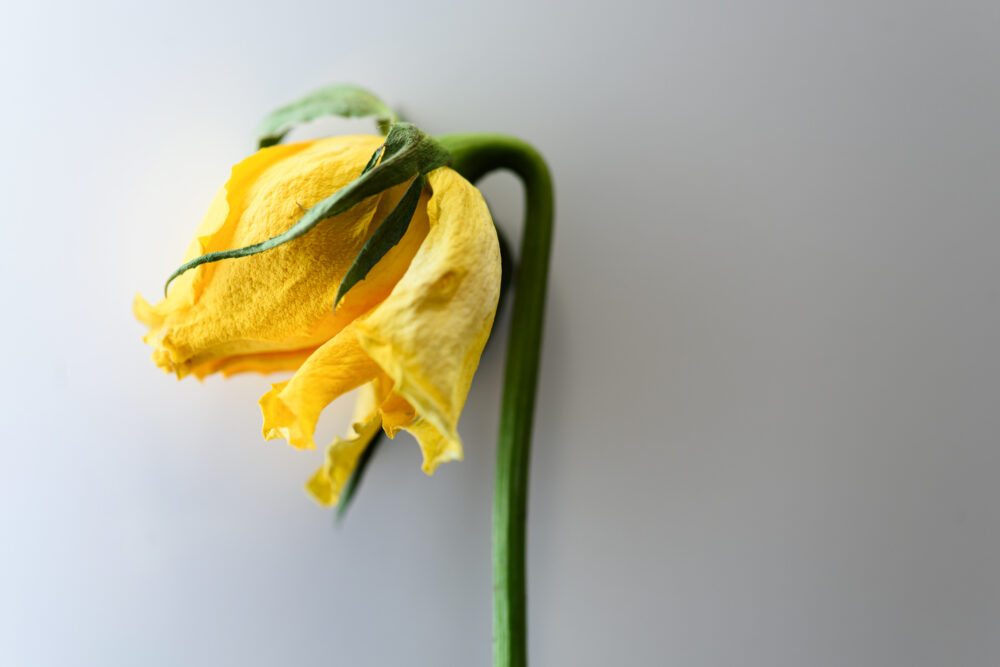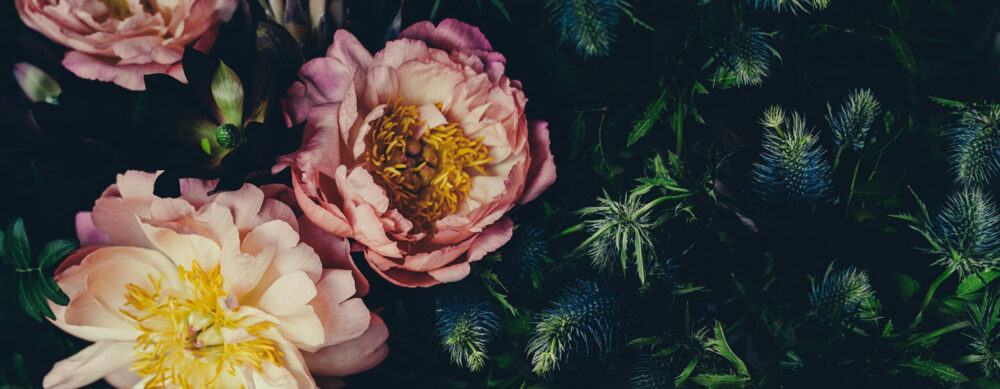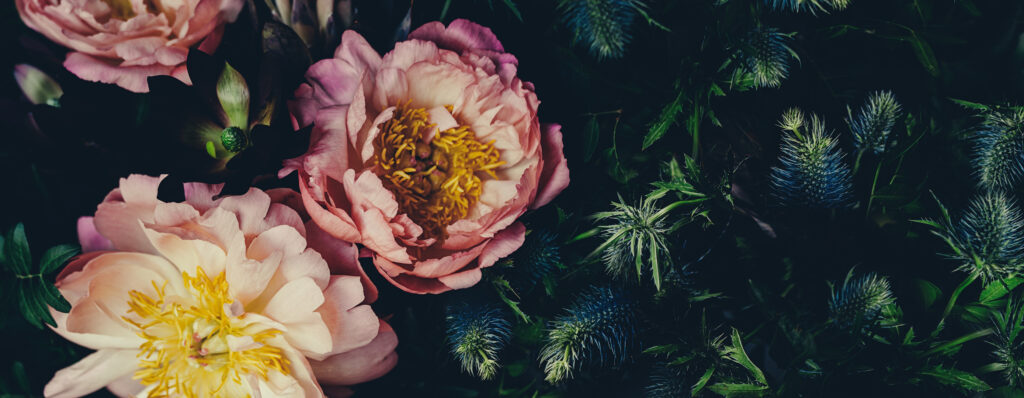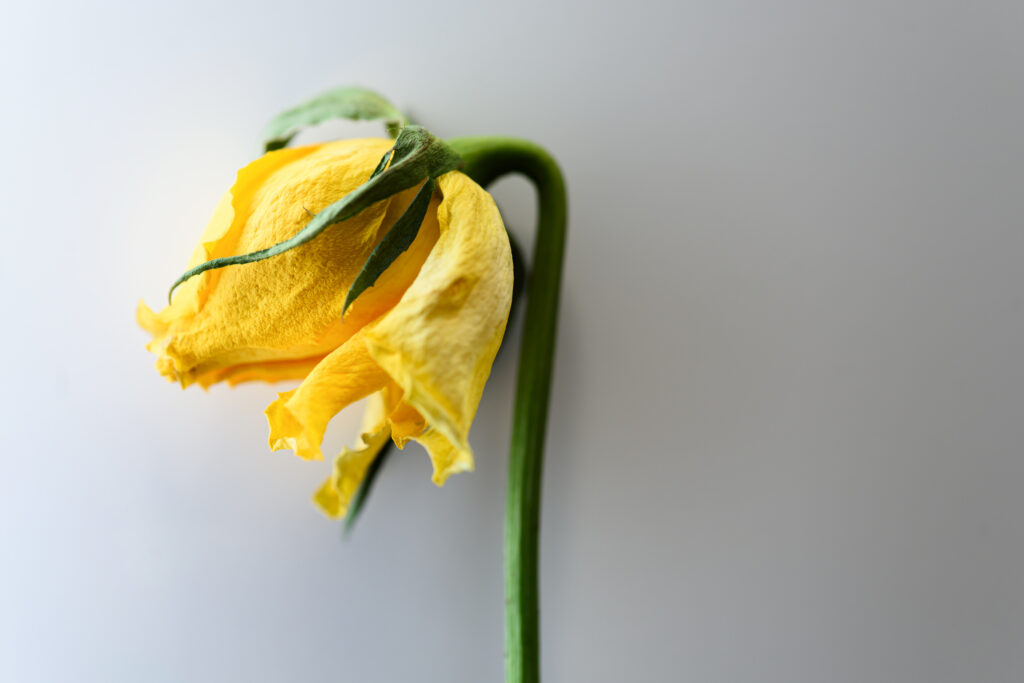Faded Flower Color Problems – How To Fix Color Fading In Flowers
Faded flower color problems are more common than many gardeners think. But before you start blaming yourself or doubting your horticultural skills, you should take a step back and examine the flower beds well. Most likely you have placed the flowering plants in the wrong spot where they get the garish sunlight all day long.
Or if it’s not the sun, it might be recent changes in the garden that caused too much stress to the plants. Luckily, most of the issues of faded flower color are easy to fix once you have pinpointed the real cause and dealt with it. So before you change the entire soil volume in your garden or consider selling the property and looking for another where the garden is more flowering plants-friendly, you should read this article first. It covers the main causes of faded flower color, the common flowers that tend to lose their color, and different strategies to fix your flowers that have lost their luster.
Causes of Faded Flower Color
One of the reasons that faded flower color is such a serious issue that stumps even the most experienced horticulturalists is that the causes for the problem vary from one garden to the next. Even different flowers in the same garden growing together on the same spot might react differently with some flowers fading but others not so much. Here are some of the main causes of faded flower color.
Sun Exposure
There are two sides to the problem and intensity of sun exposure. The first is the amount of light the flower gets and the other is the heat. Some flowers thrive on direct sunlight and show their best colors when they get about 6 hours of sun every day. Others prefer dappled or filtered light. That aside, the heat that comes with the rays of the sun can put the plants under a lot of stress and cause the color of the flowers to fade. Changes in the season also bring about changes in the amount of light the flowers get. This issue affects perennial flowering plants more than annuals.
Changes in the Environment
The plants in your garden, especially flowering plants, are more sensitive to the changes in their surroundings than you might think. For example, if you are starting some project in your garden such as building a shed or creating a pond, the disturbance in the soil could impact the flowers and cause them to lose color. This is more obvious if the new project leads to a change in the amount of sunlight the flowers get or increases heat in the area. Higher temperatures usually suck the color out of the flowers.
Pollination
Sooner or later, flowers will achieve their mission in life, get pollinated, and start to fade. That’s just their role. Their bright colors, rich fragrances, and sweet nectars are a means to an end. That end is to attract bees and butterflies, get pollinated, and trigger the development of fruits. So, once the flowers are pollinated, their colors fade and they themselves wither and fall having fulfilled their purpose.
Age
Perennial flowering plants that have been around for a few years tend to lose their bright colors as they age. Unlike other causes related to sunlight or the soil, there’s not much you can do about this one. The recommended action here is to pull out the aging plants by the roots and start new ones from scratch.
Soil
The pH levels of the soil and any changes to them could reflect directly on the colors of the flowers. This is especially true if the acidity of the soil increases due to too much mulching or the heavy presence of organic materials in the soil. If that’s the case, try to refresh the soil to reduce the acidity and bring the flowers back to their former glory.
Pests
Believe it or not, pests can literally drain the color from your flowers and render them pale and sickly. Not that the aphids and spider mites feed on the petals or damage the blooms in any way. They’re mainly concerned with the leaves and stems and feed off the rich sap. But that usually puts the flowering plants under so much stress, the flowers start to lose their rich colors as a result. So check that the plants are not infested with bugs. If they are, then treat them with neem oil or hose the pests off and dispose of them safely.
Faded Flower Color in Common Plants
So which flowering plants are more susceptible to faded flower color issues? It turns out this problem is more widespread than was previously thought. And it’s not just the popular flowers such as roses and hydrangea that lose their color. Even hardy plants such as hydrangeas and pink peonies also get affected.
Rose
If you have a rose bush in your garden among other flowering plants, chances are the roses will be the first to lose their color. Pink roses that have been blooming their deep blushes year after year suddenly start adapting a yellowish or creamy shade instead.
It’s not that the roses have suddenly got tired of the usual deep pink or dark rust colors and are trying to look fashionable. It could be the spring and summer months are warmer this year which leads to the infamous color bleach.
Or it might have to do with the fact that gardeners tend to graft roses. So while the branches are one variety of roses, the roots will be a totally different rose cultivar. If for one reason or another, the roots start to sprout branches and leaves, you’ll notice a totally different color scheme for the new roses.
Grafted roses are more likely to revert back to their original varieties. In that case, the color change is simply nature just taking its course and has nothing to do with changes in temperature, sunlight, or soil conditions.
Iris
Irises are known for their hardiness and tolerance to different weather and soil conditions. So when you wake up one spring to see your irises flowering in different colors than the previous years, you’d have every reason to feel shocked. But rather than go digging in the soil looking for bugs or fungal infections, the reason behind the change is much simpler.
At some point, another species that was competing with the iris over garden real estate might have won the battle. So what you’re looking at is a different iris altogether. Another reason might be borers that have eaten out the roots of the iris slowly. Then a new rhizome might have taken over, established roots, and started a new plant. All of this would have gone unnoticed by you until the time the plants flower again. Only then would you notice that your “iris” is blooming in a funny color.
Pink Peonies
Peonies are nothing if not generous with lush foliage and rich blooms. Their pink, red, orange, and yellow flowers are the main feature in every flower show or gardening competition. And since they do best in full sun, you might be wondering what went wrong when their vibrant colors just vanish and make room for pale and lackluster shades of cream and off-white.
The culprit here might be age. Known for their longevity, perennial peonies tend to lose their color depth and brightness as they age. Pink peonies would start as deep pink buds. But when they open up the pink color becomes much lighter. Once in full bloom, they’re fully white or off-white.
Another issue might have to do with self-seeding. As they spread their seeds and grew into new plants, what started as just one peony soon becomes many peony plants growing together. The new plants don’t have to follow the same color scheme as their parents.
Hydrangea
Unlike roses that revert back to their original species or peonies with their rebellious new generations, hydrangeas are known for their stable nature and consistency. So if you notice a color change in the new blooms, this might have to do with the usual suspects. The soil, the sun, or changes in the environment.
Check if your hydrangeas are getting enough water. Long bouts of drought can impact the flowers of this sensitive plant among others. Also, check if the pH levels in the soil are around 6.0 or neutral. Too much acidity or alkalinity in the soil could change the color of the hydrangea flowers and not for the better.
Another issue might have to do with pests. Aphids, scale, spidery mites, or borers might be putting the plant under a lot of stress. If it’s none of the above, then check if your hydrangeas might be getting too much afternoon sun. The excessive heat dries out the soil, causes the leaves to curl and the flowers to lose their splendor.
Best Strategies to Fix Color Fading in Flowers
So what can you do about your color fading flowers? One thing you can do is address the above issues we already discussed and remove any causes of stress around the plants. But to avoid any future problems either with the current flowering plants in your gardens or any new plants you intend to grow, you can follow the following strategies.
- Cover the Plants: Since direct sunlight, debris, and pollutants in the air put the plants under a lot of stress and cause the color of the flowers to fade, you can protect them with a transparent plastic cover. That plastic cover will do more than just keep the flowers looking clean and crisp. It will also protect them against the damage of UV light.
- Northern and Eastern Spots: Most flowering plants, even those that thrive under the full sun, tend to struggle when the afternoon sun turns its heat a few notches up. The south-facing spots in your garden get a lot of the afternoon sun. This is why they’re less than ideal for flowering plants. So always plant your flowering perennials in spots facing either the north or the east.
- Avoid Mulching: As much as possible, you shouldn’t use mulching on the flower beds. Organic materials in the mulching tend to increase the acidity in the soil when they break down. This is true of rotten leaves as much as it is of shredded bark, pine needles, or even straw. The change of pH in the soil can be slow but its impact on the flowers can last for a whole season.
- Replace Aging Perennials: After a few years, even the hardiest of hydrangeas would lose the stamina of its younger self and allow the signs of old age to creep in. The blooms not only lose their bright and rich colors but also become smaller and tend to fade faster. In that case, the best strategy is to start new plants altogether. You could use cuttings from the old plants to continue the same line of rich colors.



